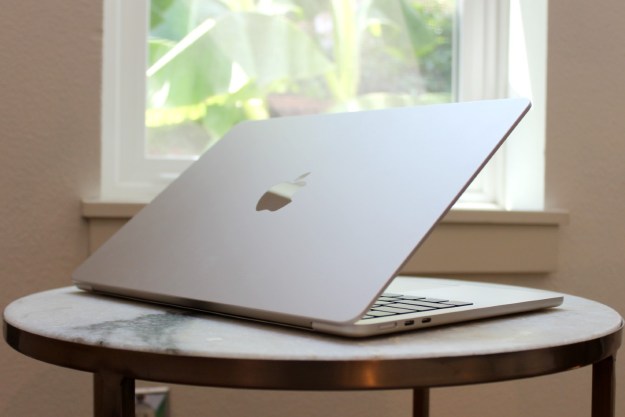Apple is locking down certain Macs from third-party repairs, according to a report from MacRumors. Impacted models include the iMac Pro and 2018 MacBook Pro, which have advanced security features, and must pass certain Apple Service Toolkit 2 tests for successful repairs.
However, there is a bit of hope for those hoping to repair their Macs themselves or rely on third-party vendors. iFixIt has reported that, as of right now, the software repair locks aren’t in place. In order to test this, iFixIt bought a brand new MacBook Pro and ran a series of tests, including swapping out the display and logic board as well as updating the OS, and found that the MacBook Pro functioned just fine. However, they did warn that future updates could render such repairs impossible which would make the scenario outlined below a reality.
Citing internal documents distributed to Apple’s Authorized Service Providers, the original reports said that Apple is using a new Service Toolkit 2 software lock. This essentially ends up making iMac Pro and 2018 MacBook Pro models useless if they are not repaired at specific locations approved by the company. The locking software impacts any repairs on the 2018 MacBook display assembly, logic board, top case, and the Touch ID board. Also impacted by the lock are any repairs on the logic board or flash storage present on the 2018 iMac Pro.
In both cases, if these systems are not repaired using the Apple Service Toolkit 2, the service will be rendered incomplete and the system won’t boot. Considering the recent hardware-based hacks, this is reportedly meant as a security measure intended to protect the Apple T2 chip, which holds encrypted storage information and Touch ID authentication.
Per a separate report from Motherboard, only Apple’s Authorized Service Providers will have access to Apple Service Toolkit 2, so this means these repairs can’t be completed at independent repair shops.
“For Macs with the Apple T2 chip, the repair process is not complete for certain parts replacements until the AST 2 System Configuration suite has been run. Failure to perform this step will result in an inoperative system and an incomplete repair,” explains the documentation.
When compared to HP, Dell, or Lenovo, Apple is known for putting up a walled garden of protection around its products, so this should not be too surprising. But the news is a concern for consumers who may be looking to skip Apple and repair their devices solo without any help.
In fact, Apple and many other tech companies were recently involved in lobbying against right-to-repair laws, which aim to give consumers more rights and access to resources to repair their products free of any first-party intervention. Apple has yet to comment on the report, but considering the controversy inherent in this story, you might hear from the company soon.
Updated on 10/06/18: Updated with iFixIt’s report that the software locks aren’t in place yet.
Editors' Recommendations
- Apple has backed itself into a corner
- These 6 tweaks take MacBooks from great to nearly perfect
- The biggest threat to the MacBook this year might come from Apple itself
- Why you should buy a MacBook Pro instead of a MacBook Air
- Here’s more confirmation that 2024 will be a slow year for Macs


